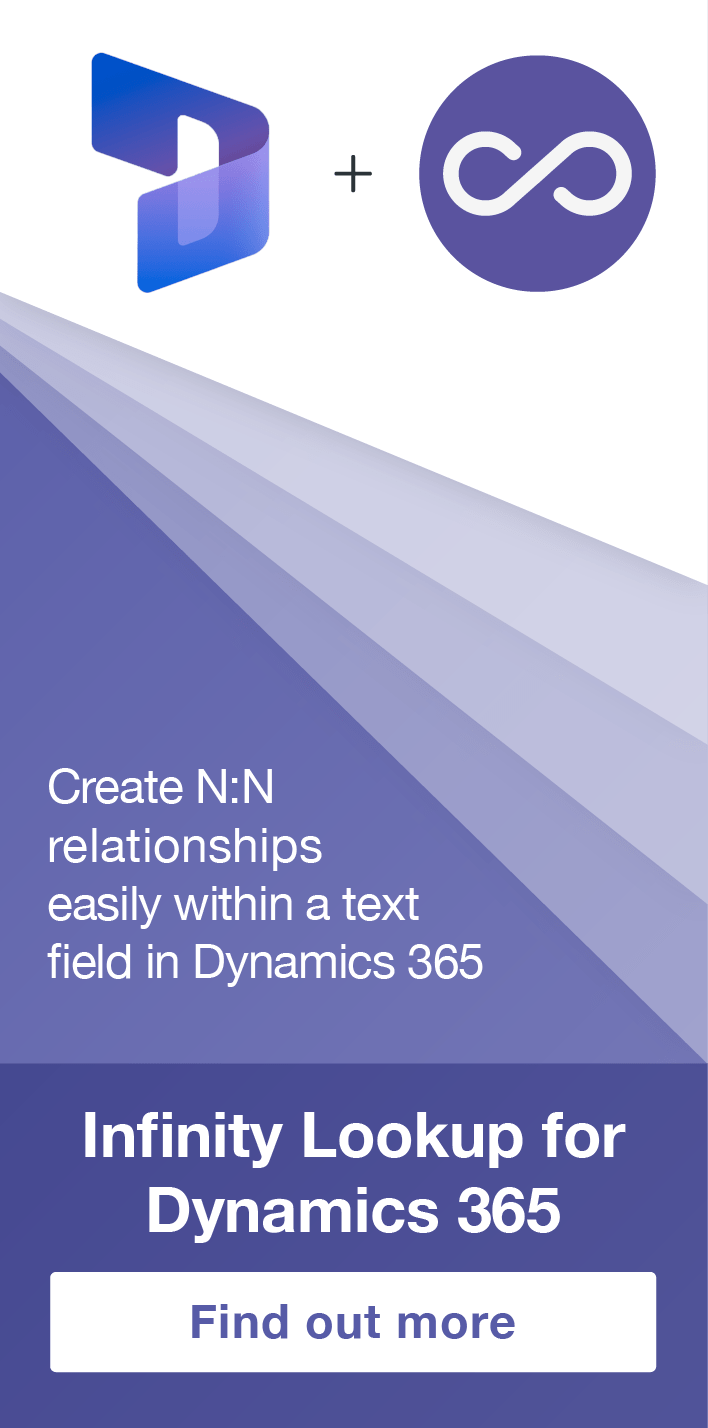Creating a Data Source within Customer Insights
Ronelle Raath, 09 December 2019
With the new Customer Insights feature released by Microsoft in July 2019, you now have the ability to combine all your Customer data stored and managed across the whole business into one unified Customer view.
This means that Contact information stored in Dynamics 365, as well as their related payment information (Invoices) stored within a payment platform such as Xero and Support Tickets that they have logged through a support platform such as Zendesk can all be combined into one unified Customer view.
To kick off this process, you’ll need to setup where the customer information is stored within your business and how Customer Insights can access it.
You do this by setting up data sources within Customer Insights. A data source can be Contacts within Dynamics 365, Invoices in Xero and Support Tickets in Zendesk.
Once all data sources are connected, can a unified Customer be formed, enabling businesses to use this information for intelligent insights and to trigger actions.
Below I will show you how to connect your Contacts within Dynamics 365 data to Customer Insights.
Start by accessing https://home.ci.ai.dynamics.com/ and logging in with your credentials.
On the left-hand navigation bar under ‘Data’ select the ‘Data sources’ option:
You’ll be prompted to set the name of the data source. I’ve named mine ‘Contact’ as I’m creating a Contact data source. Select ‘Next’ to continue.
Note: The same as when naming an entity, you can only use letters and numbers (no spaces or special characters)
You then have the option to select what data source you will be using.
As I am using Contacts stored within my Dynamics 365 Environment, I will be using Common Data Service.
Then enter the Environment URL where the Contact records are stored then login with required credentials. Select ‘Next’ to continue.
When selecting the Entity, you would like to use, you will have a preview of the selected records visible. This is a nice feature to check that you’re pulling the correct information. Continue by selecting ‘Transform Data’
A view of all the Contact data pulled from the CDS source will be shown and can be manipulated as required.
As I’m using OOTB Contact records within Dynamics 365, my column names and data types are already set correctly. However, I will save some time and use the ‘Map to standard’ option to auto map my query output columns to the standard CDS Contact entity attributes.
When you’re happy with the data format, select ‘Next’ to validate the query.
Once the initial refresh is completed, you’ll then have a data source available for your Contact records within Dynamics 365.
That’s pretty much it, you can view the newly created Entity along with its data and fields via Entities under ‘Data’ on the left-hand navigation bar.
The next steps would be to add more data sources such as Invoices in Xero and Support Tickets in Zendesk, which we can then use to unify all this data into one Customer view.

